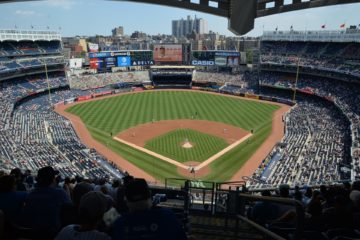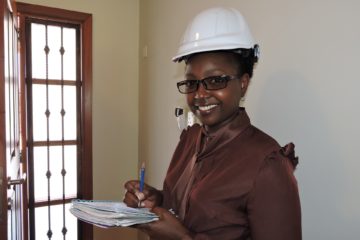Here at Sow Green, we have a pretty deep affection for green roofs. And it’s no wonder, they have so many benefits to both the private sector and the community that we can’t help but think they’re a pretty great solution to some of our biggest problems. One of those that we mention often is the Urban Heat Island (UHI) Effect. But what exactly IS a Urban Heat Island, and why are this so dangerous?
A Urban Heat Island is a metropolitan area that is significantly warmer than the surrounding rural/suburban areas due to urban development and human activity. Dark impervious surfaces, such as black rooftops, parking lots, and roads absorb higher levels of solar radiation, creating a pocket of heat and an increase in average temperatures. Urban areas also have much less vegetation, and therefore the level of evapotranspiration (the cooling of an area due to plant growth) has decreased (4). Urban Heat Islands have been associated with an increase in heat-related illness and a myriad of other public health issues.
The year 2017 was the third hottest year on record in the United States, and extreme heat is a leading cause of weather-related deaths, with over 1,000 people dying per year.
But not everyone has the same level if risk. According to the National Environmental Education foundation, children, the elderly, the sick, and people without access to air conditioning are at greater risk of heat-related illnesses. In the City of Denver alone, almost 50% of the population does not have air conditioning in their homes (3). People with mental illnesses such as depression or schizophrenia are also at a greater risk, since their medications may interfere with temperature regulation. Increases in death by suicide also correlate with high temperatures, as do crime rates and aggravated behavior (1,4).
The issue is not isolated to the United States, in fact people who live in developing countries are at an even greater risk. In 2015, Karachi, Pakistan lost at least 1,200 people to heat related illness, the majority of which were the elderly, sick and homeless. Government officials reportedly did not act, and Pakistan is due for another formidable summer this year (2).
Of the top 10 cities with the most intense summer urban heat islands, Denver ranks third only behind Las Vegas and Albuquerque. With average daily urban-rural temperature differences of around 5 degrees Fahrenheit, you can expect a hot day to get much hotter in the mile high city.
So what can we do to mitigate our Urban Heat Island? Green roofs reduce the amount of impervious surfaces by replacing black rooftops with vegetation that can cool the surrounding areas, while also cooling the building below. In addition to green roofs, cool or white roofs are also an economical method. Adding trees to a community can reduce ambient and surface temperatures by almost 10 degrees Fahrenheit. Protecting green spaces such as parks and community gardens can also have a positive impact on urban temperatures.
With better urban planning and policies that increase the development of green spaces in our cities (such as the new green roofs ordinance in Denver), we can reduce the public health risks of the Urban Heat Islands and create healthier, more just communities.
Sources:
- https://edmdigest.com/preparedness/excessive-heat-expected-this-summer-stay-safe-by-taking-precautions/
- https://www.thenews.com.pk/print/321005-tackling-heatwaves
- https://www.denvergov.org/content/dam/denvergov/Portals/696/documents/Green%20Roofs%20Review%20Task%20Force/Green-roofs-slide-deck-2-7-18.pdf
- https://en.wikipedia.org/wiki/Urban_heat_island


